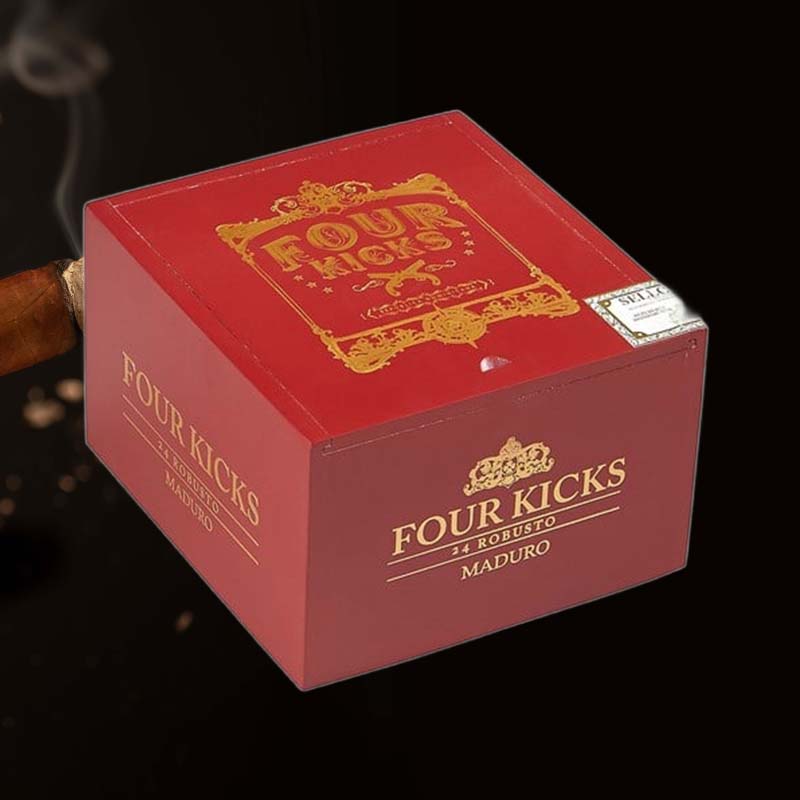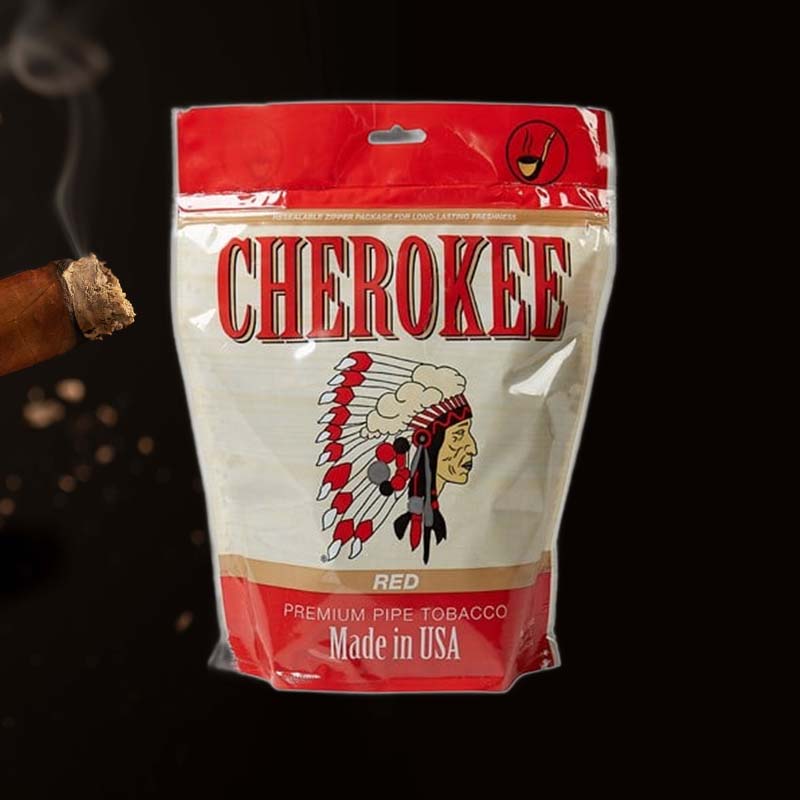How to refill a torch blue lighter
As an avid cigar enthusiast, there’s nothing more frustrating than reaching for my trusty torch blue lighter only to find it empty. The reliability of a good lighter is essential, especially when I’m ready to enjoy a fine cigar. Today, I want to share a step-by-step guide on how to refill your torch blue lighter, not just because it’s essential, but because nothing beats the satisfaction of a perfectly functioning lighter in a moment of need.
Things You Should Know
Types of Butane Fuel
Before diving into the refill process, it’s crucial to understand the different types of butane fuel available. I’ve learned that using high-quality butane is essential for optimal performance. Here are some types to consider:
- Refined Butane – Ideal for lighters, as it burns cleaner with less residue.
- Multi-Refined Butane – Offers even higher purity and is perfect for sensitive lighter components.
- Standard Butane – Commonly found, but may leave residue and impact lighter performance.
Understanding Lighter Components
Understanding your lighter’s components can help you handle it better. The basic parts of a torch blue lighter usually include the fuel canister, ignition button, and jet nozzle. Recognizing these components helps troubleshoot any issues that arise, making refills easier and ensuring a long-lasting relationship with your lighter.
Steps to Refill Your Torch Blue Lighter
Step 1: Purging the Lighter
Before I refill, I always purge the lighter to remove any old fuel. To do this, I hold the lighter upside down and press the refill valve with a small tool, like a screwdriver. Make sure to do this in a well-ventilated area, as the butane may escape and can be potentially harmful.
Step 2: Injecting the Butane
Next, I take my butane canister and insert the nozzle into the refill valve. It’s essential to do this at a slight angle to avoid any potential mishaps. Press down firmly for a few seconds. I’ve found that filling until I hear a slight hissing sound indicates it’s full!
Step 3: Testing the Lighter
After refilling, I wait around a minute to let the butane stabilize before trying to ignite it. I press the ignition button and hold my breath a little—hoping for that satisfying WHOOSH of flames. It’s always a delightful moment when it lights up successfully!
Common Problems and Solutions
Lighter Not Sparking
If my torch blue lighter fails to spark, I first check if it has enough fuel. Often, insufficient fuel is the culprit. If it’s full, the problem might lie with the ignition system. I give it a good inspection and possibly a light cleaning.
Butane Leaks
Should I notice a butane leak, I immediately remove the butane and completely purge the lighter. I have learned the importance of checking the refill valve and the butane canister for any signs of damage to prevent further issues.
Expert Q&A
Most Frequently Asked Questions
I often get asked about the specifics of refilling lighters. One question that pops up frequently is, “How do you refill a torch lighter fluid?” It’s essential to choose the right butane than just filling it up, as low-quality butane can clog or damage the lighter over time.
Tips for Proper Care
Maintenance Tips
I’ve always been an advocate for regular maintenance. I clean my torch lighter monthly, ensuring there’s no buildup causing malfunction. A compressed air can also help dislodge any debris.
Usage Tips
When using my lighter, I always try to avoid overly windy conditions, as it can affect the flame. It’s advisable to keep my lighter away from extreme temperatures, which could damage internal components.
Warnings
Safety Precautions When Refilling
Safety is paramount! I always work in a well-ventilated area to avoid inhaling butane fumes. I keep my lighter away from flames or heat sources while refilling.
What to Avoid During Refilling
One of the mistakes I’ve made in the past was not purging the lighter before refilling. This can lead to overfilling and potential damage. Always remember to purge thoroughly!
Things You’ll Need
Tools Required for Refilling
- Butane fuel canister
- Screwdriver or a small pointed tool
- Compressed air (optional for cleaning)
Recommended Butane Brands
I’ve had great experiences with brands like Xikar, Colibri, and Blazer. They provide refined, quality butane that ensures my lighter performs without any hiccups.
Video Guide
Watch the Refilling Process
For those who prefer visual instructions, I recommend searching for a video guide that shows the refilling process step-by-step. Watching someone else do it can provide clarity and confidence for your first refill.
Reader Success Stories
Customer Experiences
I’ve received feedback from fellow cigar enthusiasts who have successfully refilled their torch lighters using my guide. It’s always heartwarming to see others empowered and enjoying their cigars with a reliable lighter.
Did This Article Help You?
Share Your Feedback
If this guide has helped you recharge your lighter and improve your cigar experience, I’d love to hear your thoughts! Your feedback motivates me to share more helpful tips in the future.
FAQ
How do you refill torch lighter fluid?
To refill, purge the lighter, inject butane into the refill valve, and test it after a minute.
How do you refill a Bic torch lighter?
Unfortunately, Bic lighters are not refillable; it’s encouraged to replace them rather than attempting a refill.
How to refill a butane kitchen torch?
To refill a kitchen torch, the steps are similar: purge, fill with butane, and test for ignition.
Why can’t I fill my butane lighter?
If you’ve trouble filling your butane lighter, it might be due to a faulty refill valve or an empty butane canister. Always check both.












